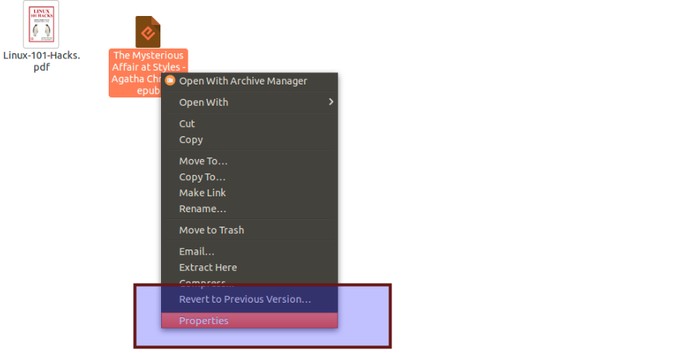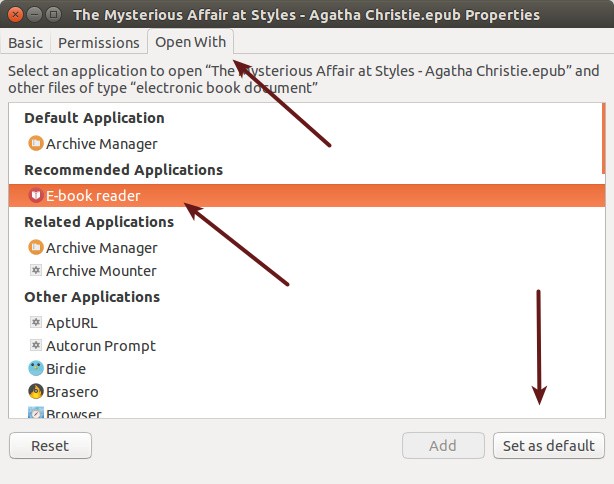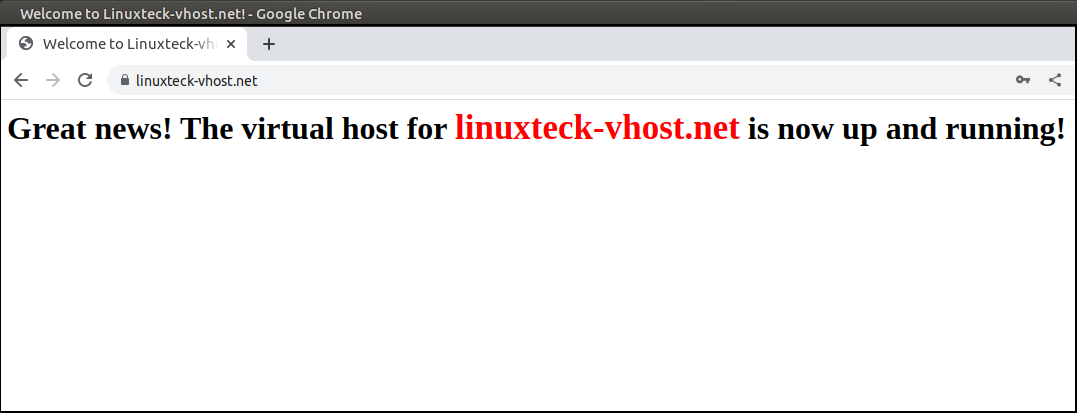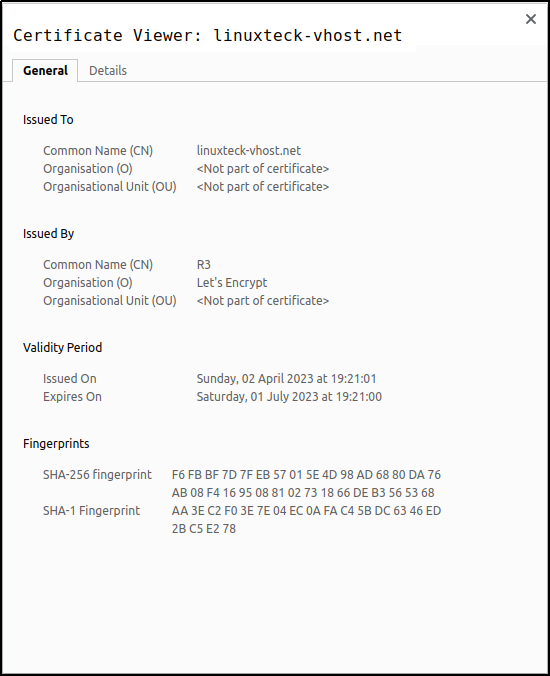Docker simplifies the process of managing application processes in containers. While containers are similar to virtual machines in certain ways, they are more lightweight and resource-friendly. This allows developers to break down an application environment into multiple isolated services.
For applications depending on several services, orchestrating all the containers to start up, communicate, and shut down together can quickly become unwieldy. Docker Compose is a tool that allows you to run multi-container application environments based on definitions set in a YAML file. It uses service definitions to build fully customizable environments with multiple containers that can share networks and data volumes.
In this guide, you’ll demonstrate how to install Docker Compose on a Rocky Linux 8 server and how to get started using this tool.
To follow this article, you will need:
To make sure you obtain the most updated stable version of Docker Compose, you’ll download this software from the official Docker repository.
First, let’s update the package database:
Next, add the official Docker repository if you didn’t do so during your Docker install:
While there is no Rocky Linux specific repository from Docker, Rocky Linux is based upon CentOS and can use the same repository. Now you can install Docker Compose, which is a plugin for Docker:
To verify that the installation was successful, you can run:
You’ll see output similar to this:
Output
Docker Compose version v2.10.2
Docker Compose is now successfully installed on your system. In the next section, you’ll see how to set up a docker-compose.yml file and get a containerized environment up and running with this tool.
To demonstrate how to set up a docker-compose.yml file and work with Docker Compose, you’ll create a web server environment using the official Nginx image from Docker Hub, the public Docker registry. This containerized environment will serve a single static HTML file.
Start off by creating a new directory in your home folder, and then moving into it:
In this directory, set up an application folder to serve as the document root for your Nginx environment:
Using your preferred text editor, create a new index.html file within the app folder:
Place the following content into this file:
~/compose-demo/app/index.html
Save and close the file when you’re done. If you are using nano, you can do that by typing CTRL+X, then Y and ENTER to confirm.
Next, create the docker-compose.yml file:
Insert the following content in your docker-compose.yml file:
docker-compose.yml
The docker-compose.yml file typically starts off with the version definition. This will tell Docker Compose which configuration version you’re using.
You then have the services block, where you set up the services that are part of this environment. In your case, you have a single service called web. This service uses the nginx:alpine image and sets up a port redirection with the ports directive. All requests on port 8000 of the host machine (the system from where you’re running Docker Compose) will be redirected to the web container on port 80, where Nginx will be running.
The volumes directive will create a shared volume between the host machine and the container. This will share the local app folder with the container, and the volume will be located at /usr/share/nginx/html inside the container, which will then overwrite the default document root for Nginx.
Save and close the file.
You have set up a demo page and a docker-compose.yml file to create a containerized web server environment that will serve it. In the next step, you’ll bring this environment up with Docker Compose.
With the docker-compose.yml file in place, you can now execute Docker Compose to bring your environment up. The following command will download the necessary Docker images, create a container for the web service, and run the containerized environment in background mode:
Docker Compose will first look for the defined image on your local system, and if it can’t locate the image it will download the image from Docker Hub. You’ll see output like this:
Output
Creating network "compose-demo_default" with the default driver
Pulling web (nginx:alpine)...
alpine: Pulling from library/nginx
cbdbe7a5bc2a: Pull complete
10c113fb0c77: Pull complete
9ba64393807b: Pull complete
c829a9c40ab2: Pull complete
61d685417b2f: Pull complete
Digest: sha256:57254039c6313fe8c53f1acbf15657ec9616a813397b74b063e32443427c5502
Status: Downloaded newer image for nginx:alpine
Creating compose-demo_web_1 ... done
Your environment is now up and running in the background. To verify that the container is active, you can run:
This command will show you information about the running containers and their state, as well as any port redirections currently in place:
Output
Name Command State Ports
----------------------------------------------------------------------------------
compose-demo_web_1 /docker-entrypoint.sh ngin ... Up 0.0.0.0:8000->80/tcp
You can now access the demo application by pointing your browser to either localhost:8000 if you are running this demo on your local machine, or your_server_domain_or_IP:8000 if you are running this demo on a remote server.
You’ll see a page like this:

The shared volume you’ve set up within the docker-compose.yml file keeps your app folder files in sync with the container’s document root. If you make any changes to the index.html file, they will be automatically picked up by the container and thus reflected on your browser when you reload the page.
In the next step, you’ll see how to manage your containerized environment with Docker Compose commands.
You’ve seen how to set up a docker-compose.yml file and bring your environment up with docker compose up. You’ll now see how to use Docker Compose commands to manage and interact with your containerized environment.
To check the logs produced by your Nginx container, you can use the logs command:
You’ll see output similar to this:
Output
Attaching to compose-demo_web_1
web_1 | /docker-entrypoint.sh: /docker-entrypoint.d/ is not empty, will attempt to perform configuration
web_1 | /docker-entrypoint.sh: Looking for shell scripts in /docker-entrypoint.d/
web_1 | /docker-entrypoint.sh: Launching /docker-entrypoint.d/10-listen-on-ipv6-by-default.sh
web_1 | 10-listen-on-ipv6-by-default.sh: Getting the checksum of /etc/nginx/conf.d/default.conf
web_1 | 10-listen-on-ipv6-by-default.sh: Enabled listen on IPv6 in /etc/nginx/conf.d/default.conf
web_1 | /docker-entrypoint.sh: Launching /docker-entrypoint.d/20-envsubst-on-templates.sh
web_1 | /docker-entrypoint.sh: Configuration complete; ready for start up
web_1 | 172.22.0.1 - - [02/Jun/2020:10:47:13 +0000] "GET / HTTP/1.1" 200 353 "-" "Mozilla/5.0 (X11; Linux x86_64) AppleWebKit/537.36 (KHTML, like Gecko) Chrome/83.0.4103.61 Safari/537.36" "-"
If you want to pause the environment execution without changing the current state of your containers, you can use:
Output
Pausing compose-demo_web_1 ... done
To resume execution after issuing a pause:
Output
Unpausing compose-demo_web_1 ... done
The stop command will terminate the container execution, but it won’t destroy any data associated with your containers:
Output
Stopping compose-demo_web_1 ... done
If you want to remove the containers, networks, and volumes associated with this containerized environment, use the down command:
Output
Removing compose-demo_web_1 ... done
Removing network compose-demo_default
Notice that this won’t remove the base image used by Docker Compose to spin up your environment (in your case, nginx:alpine). This way, whenever you bring your environment up again with a docker compose up, the process will be much faster since the image is already on your system.
In case you want to also remove the base image from your system, you can use:
Output
Untagged: nginx:alpine
Untagged: nginx@sha256:b89a6ccbda39576ad23fd079978c967cecc6b170db6e7ff8a769bf2259a71912
Deleted: sha256:7d0cdcc60a96a5124763fddf5d534d058ad7d0d8d4c3b8be2aefedf4267d0270
Deleted: sha256:05a0eaca15d731e0029a7604ef54f0dda3b736d4e987e6ac87b91ac7aac03ab1
Deleted: sha256:c6bbc4bdac396583641cb44cd35126b2c195be8fe1ac5e6c577c14752bbe9157
Deleted: sha256:35789b1e1a362b0da8392ca7d5759ef08b9a6b7141cc1521570f984dc7905eb6
Deleted: sha256:a3efaa65ec344c882fe5d543a392a54c4ceacd1efd91662d06964211b1be4c08
Deleted: sha256:3e207b409db364b595ba862cdc12be96dcdad8e36c59a03b7b3b61c946a5741a
In this guide, you’ve seen how to install Docker Compose and set up a containerized environment based on an Nginx web server image. You’ve also seen how to manage this environment using Compose commands.
For a complete reference of all available docker compose commands, check the official documentation.









